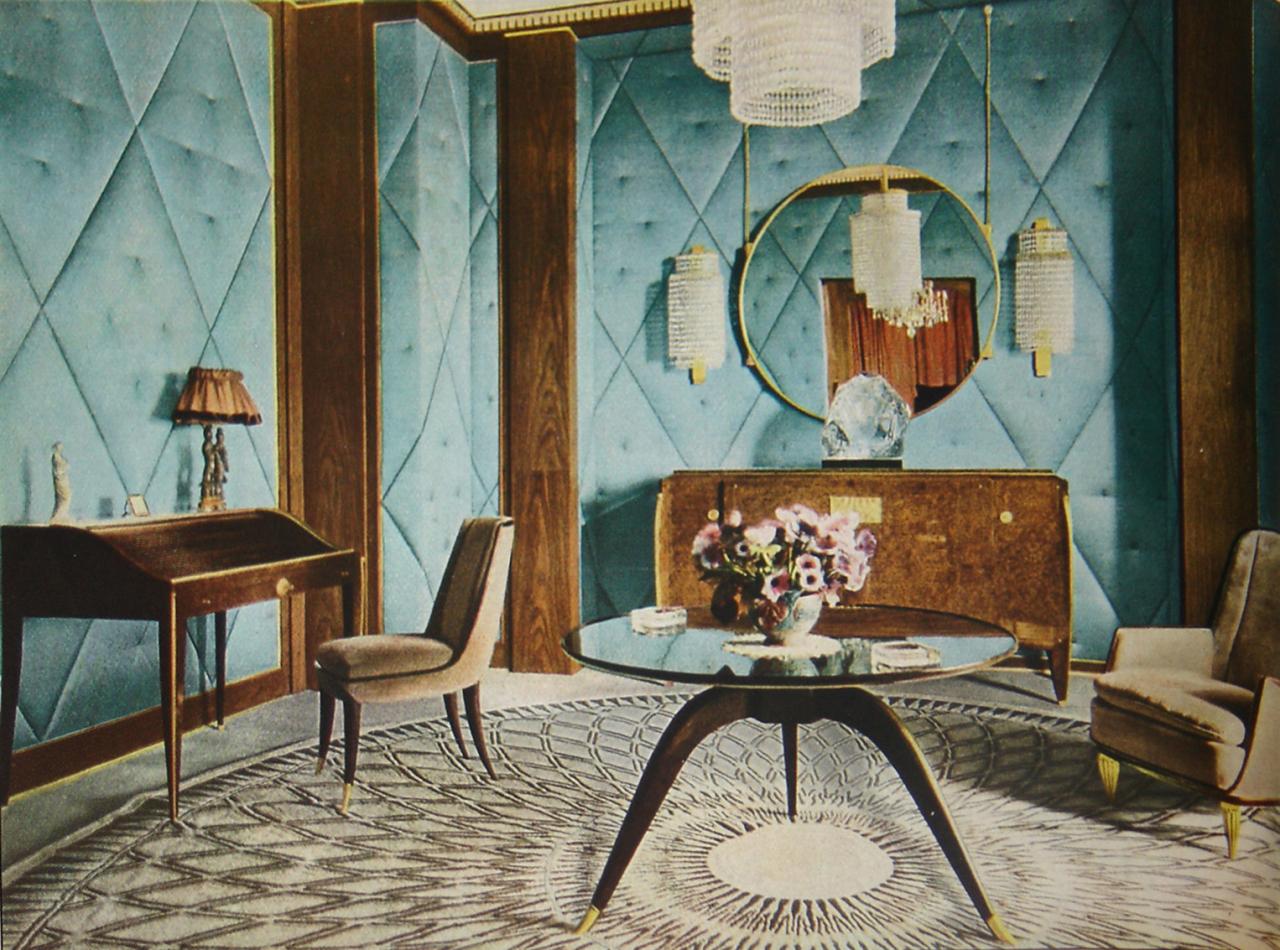Decorations In The 1920s represent a fascinating blend of elegance and modernity. This era, bridging the Victorian past and the Art Deco future, saw a dramatic shift in interior design. From the opulent grandeur of earlier decades to the streamlined sophistication of the Jazz Age, 1920s homes reflected a new spirit of optimism and a desire for fresh aesthetics.
This exploration delves into the materials, colors, patterns, and overall ambiance that defined the decorative landscape of the roaring twenties.
We’ll examine the dominant design styles, including the burgeoning influence of Art Deco, and contrast them with the preceding Victorian era. We’ll also explore the specific materials favored—from luxurious fabrics and gleaming metals to the use of everyday objects as decorative elements—and uncover the symbolic meanings behind the chosen color palettes and patterns. Finally, we’ll even peek into the festive spirit of 1920s Christmas decorations, painting a vivid picture of how homes were adorned during this transformative period.
Materials and Colors Used in 1920s Decorations: Decorations In The 1920s

The roaring twenties witnessed a significant shift in interior design, moving away from the Victorian era’s ornate styles towards a more streamlined and modern aesthetic. This evolution is clearly reflected in the materials and color palettes favored during this decade, which reflected both the technological advancements of the time and the burgeoning sense of optimism and modernity. The choice of materials and colors wasn’t merely decorative; it often held symbolic weight, reflecting the societal values and aspirations of the era.The 1920s saw a blend of traditional materials with newly available and fashionable ones, creating a unique decorative style.
The use of lacquer, for example, demonstrated the influence of Art Deco, while the continued popularity of wood and textiles highlighted a connection to established craftsmanship. Color choices moved away from the darker, more muted tones of previous decades, embracing brighter, bolder shades that expressed the era’s energetic spirit.
Common Materials in 1920s Home Decoration
The materials used in 1920s home décor reflected both the era’s embrace of modern manufacturing and its appreciation for traditional craftsmanship. A variety of materials were employed, each contributing to the distinctive visual appeal of the period’s interiors.
- Wood: Various types of wood, including mahogany, walnut, and oak, were frequently used in furniture and architectural details. The wood was often highly polished, showcasing its natural grain and adding to the sense of luxury.
- Metals: Chrome, nickel, and brass were popular choices for furniture accents, light fixtures, and decorative objects. These materials contributed to the sleek, modern look favored in Art Deco designs. The reflective qualities of these metals also added a sense of glamour and sophistication to interiors.
- Fabrics: Velvets, silks, and brocades were used in upholstery and draperies, adding richness and texture to rooms. Geometric patterns and Art Deco motifs were frequently incorporated into fabric designs. These luxurious fabrics reflected the prosperity and glamour associated with the era.
- Lacquer: Lacquerware, often featuring bold geometric designs and bright colors, became a popular decorative element, reflecting the influence of Asian art and the streamlined aesthetic of Art Deco.
- Glass: Clear and colored glass was used in light fixtures, decorative objects, and even furniture elements, contributing to the light and airy feel of many 1920s interiors. The use of glass, especially in Art Deco styles, highlighted the era’s embrace of modern materials and technology.
Color Palettes of the 1920s
The color palettes of the 1920s were vibrant and bold, reflecting the energetic and optimistic spirit of the era. While darker, more muted tones were still present in some settings, brighter shades became increasingly popular, often used in unexpected combinations.The influence of Art Deco is evident in the use of strong geometric patterns and contrasting colors. Black and white, for instance, were frequently used together, creating a striking and sophisticated contrast.
Other popular color combinations included deep reds and golds, turquoise and silver, and shades of jade green and ivory. These color choices were not only aesthetically pleasing but also reflected the optimism and modernity of the time.
Symbolic Meaning of Colors and Materials, Decorations In The 1920s
The materials and colors used in 1920s décor were not simply decorative choices; they often carried symbolic meaning, reflecting the values and aspirations of the era.For example, the use of luxurious fabrics like velvet and silk symbolized wealth and prosperity, while the incorporation of metallic accents suggested modernity and technological advancement. Bright colors like gold and red conveyed energy and excitement, reflecting the vibrant atmosphere of the Jazz Age.
The use of black and white, on the other hand, could represent both sophistication and a sense of stark modernity. The careful selection of materials and colors helped create a specific mood and atmosphere within a space, reinforcing the overall aesthetic and symbolic message of the design.
The 1920s offered a vibrant and innovative approach to home decoration, reflecting the societal changes and artistic movements of the time. The era’s distinctive blend of elegance, geometric patterns, and a streamlined aesthetic continues to inspire interior designers today. By understanding the materials, colors, and motifs that characterized this period, we gain a deeper appreciation for the rich history of interior design and the enduring legacy of the roaring twenties.